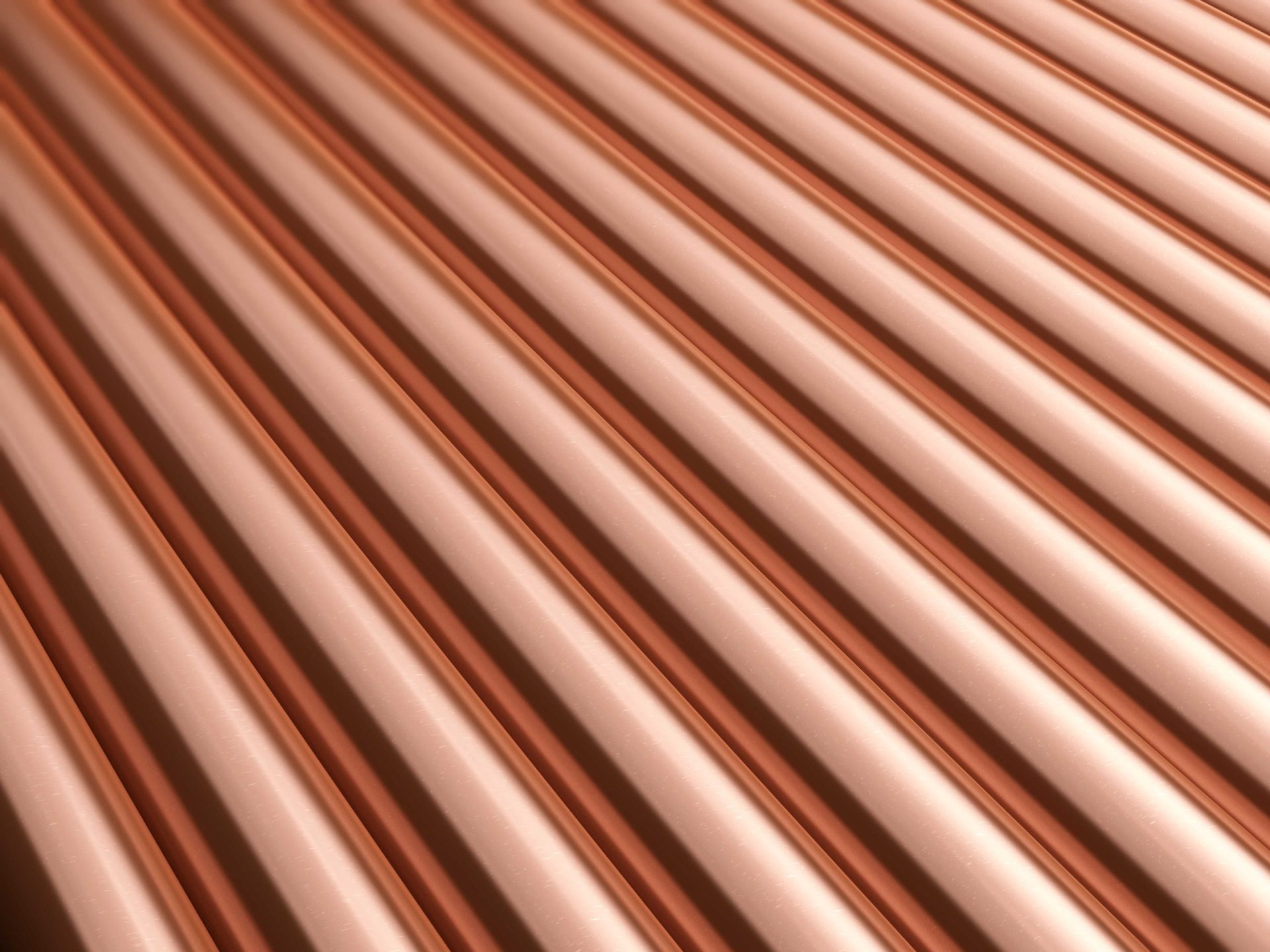
Recent reports that China is considering banning imports of scrap metal, starting at the end of next year, are expected to sharply increase demand for imported refined copper.
China now makes up nearly half of the world’s copper consumption, importing up to 23 million tons this year alone.
And as a result, on July 27 the value of copper rose 5 percent. Trading in this metal saw the biggest volume since November 2016.
The Chinese government has moved to limit imports of what China classifies as “Category 7” scrap metal types. That’s expected to have far-reaching implications for the copper market.
The government gave notice that domestic scrap processing companies would have to stop importing the majority of Category 7 scrap starting in late 2018. That would include copper, high-volume baled wire and cable and shredded motor grades.
The central government wants to lower waste product imports due to environmental concerns about what it takes to process it. Although, there are many beneficial and non-harmful ways to process your scrap metal.
What are the benefits of Copper Recycling?
This move should prove beneficial to businesses involved in the recycling of copper and other scrap metals. That’s because recycled copper prices are worth up to 90 percent of the cost of original copper.
It’s also been shown that recycling copper helps lower the cost of products made from copper.
And the truth is, there are a lot of amazing properties in copper, which doesn’t degrade after multiple rounds of recycling.
Copper is a valuable resource because it’s among the least abundant metals we have. That’s why scrap copper prices tend to stay high.
Because in its original form, copper can be easily recycled over and over again, with no loss in quality.
In fact, today about three-fourths of all copper-based products get made using recycled copper.
What do we gain from recycling copper?
There are other benefits to recycling scrap copper, including:
• Recycling Copper can reduce emissions compared to when metal gets extracted from its ore.
• Recycling Copper helps preserve our natural resources.
• Far more energy is required to extract copper from copper ore. Copper recycling only uses 10 percent of the same amount of energy.
• Copper ore is a very limited resource.
• Recycled Copper is a lot cheaper to produce.
When copper is brought to a recycler like GLE Scrap Metal, scrap copper gets inspected and graded. It then gets melted, refined and purified.
What is copper metal?
First of all, as one of the oldest metals, copper dates back more than 10,000 years. It was one of the first metals extracted and used by humans. Copper can also be found in gemstones like turquoise and malachite.
Because in ancient times, copper was used in coins dating back to 8,000 BC. Copper alloys have been used for everything from decorative items to church bells and the construction of buildings. That’s particularly true for plumbing, wiring and roofing.
Copper is also a major product in automobiles. It’s an essential component in the motors, radiators, wiring, brakes, and connectors in cars and trucks.
More recently, semiconductor manufacturers have used copper for circuitry in silicon chips. And copper rotors have been used to increase the efficiency of electric motors.
The alloying properties in copper, combined with other metals like zinc or tin, are increasingly used for specialized applications. That includes on the hulls of ships to prevent them from corroding due to exposure to sea water.
How does copper get used today?
Today, copper is frequently used in:
• building construction;
• generating power;
• the production of industrial machinery;
• wiring and plumbing for appliances;
• wiring in heating and cooling systems;
• telecommunications links.
Why is Copper in such high demand?
In the past 25 years, production and consumption of copper around the world has increased dramatically. Large developing countries entering the global market have played a role in the heightened demand for mineral commodities. The production of copper isn’t limit to a single country.
The Andean region of South America is a good example. That county has become the world’s largest producer of copper. By 2007, nearly half of the world’s copper, or 45 percent, was being produced in the Andes Mountains.
And by comparison, only 8 percent of the world’s copper is produced in the United States, That’s mainly in western states, including Arizona, Utah, New Mexico, Nevada, and Montana.
Today, copper continues to play an important role in providing the critical materials needed for major construction projects. And fortunately, copper is also one of the most widely recycled metals. It’s been estimated that one-third of all copper consumed worldwide is recycled.
Finally, by recycling copper, its alloys can be reprocessed without losing any of the metal’s physical properties.
Recycling Copper: The GLE Scrap Metal option
At GLE Scrap Metal, we pay top dollar for your copper products. Recycled copper has 90 percent of the value of newly-made copper. But recycling offers other benefits, including bringing down the cost of consumer goods like electronics.
Most importantly, recycling copper is also healthy for our environment. When copper and other metals used in electronics get placed in landfills, they can seep into the soil and pollute the groundwater.
We encourage everyone with used copper and other metals to contact us today at 855-SCRAP-88 to request a quote. Because we don’t want good copper going to waste, or ending up in a landfill. That’s where it will cause environmental hazards and lasting damage to our groundwater.
So instead, call us to learn more about our competitive pricing. We want to get your copper back into production.
In conclusion, our view is simple: it truly does pay to be green.



